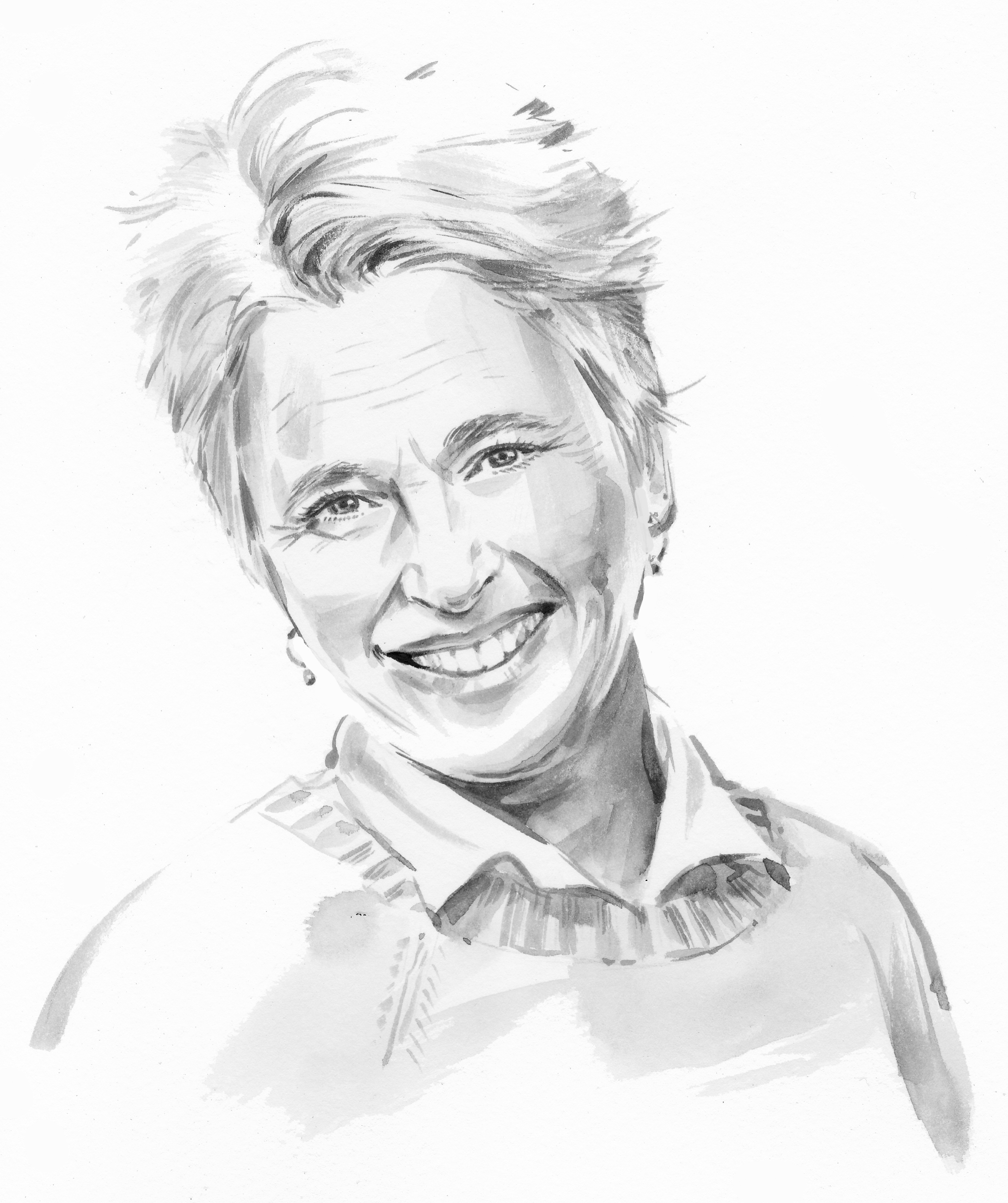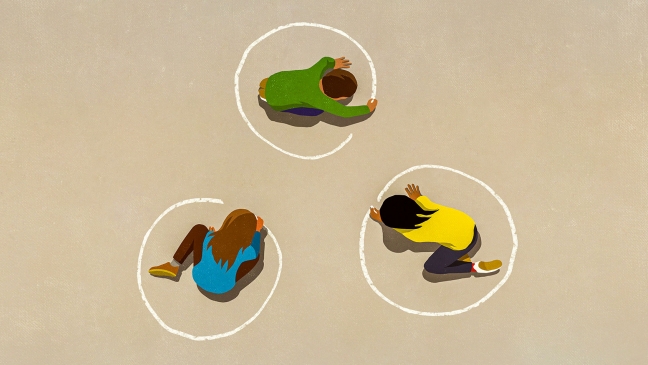For the first time in many years, it seems that the national policy space may be quiet over the summer.
As the findings from the curriculum and assessment review, the final plans for the new Ofsted inspection framework and the final version of the recently released writing framework are not expected until the autumn, the education sector may experience a valuable and much-needed pause in the relentless imposition of centrally prescribed policy.
One of the challenges of centrally prescribed policy is how remote it is from the child. American developmental psychologist Urie Bronfenbrenner helps to illustrate this through his ŌĆ£bioecological modelŌĆØ.
The model places the developing child at the centre of a series of concentric circles. These circles represent the spheres of influence that affect a childŌĆÖs development. The ŌĆ£microsystemŌĆØ is closest to the child; this contains parents, carers, teachers and peers - those with the most direct, day-to-day influence. As we move outwards, the ŌĆ£exosystemŌĆØ describes the wider community that a child lives within (such as the local authority or multi-academy trust) and the ŌĆ£mesosystemŌĆØ explains the relationships and methods of communication between the child, their immediate context and the wider systems and structures that influence their lives.
Outside that, at some distance, we reach the ŌĆ£macrosystemŌĆØ, where centrally prescribed policy sits.
The gap between policy and the child
This model demonstrates how before any policy reaches a child in a classroom, it first needs to be interpreted and enacted by the players in the wider community, and then communicated and understood by those who surround the child most closely.
Obviously, it takes time for policy to trickle through these layers and although the policy sphere can set the direction of travel, the interpretation (or misinterpretation) of policy will reflect the unique context and community that the child lives within.
Put simply, there cannot ever be a one-size-fits all approach to what happens around a developing child, and the layers that sit between a child and the policy will need time to understand the implications of any policy changes.
Perhaps, then, the postponement of final reports and reviews is a blessing in disguise? Without the pressure of understanding new centrally driven policy directives, which have been translated through layers of system leadership into guidance for effective practice, schools can afford to look more closely at the influences that directly surround their children.
I wonder how often schools really have the time to focus on this and consider what they can do to develop and refine what they are already doing.
ŌĆśWelcome respiteŌĆÖ
Now might be the time, for instance, to revisit training, reconfigure intervention approaches or focus on the physical learning environment.
The past year has brought the publication of a raft of reports suggesting myriad approaches that might be worth some attention. For example, the National Literacy Trust, outcomes from the and work by the Open University suggest that children have fallen out of love with reading and writing.
The Children SocietyŌĆÖs indicates that childrenŌĆÖs sense of wellbeing is in decline. Indeed, behaviour and attendance data published by the Department for Education suggests that many children have decided that school is simply not a positive place for them to be.
The rapidly increasing requests for special educational needs and disabilities support, the growing gaps in outcomes between children eligible for free school meals and their peers, and the increasing levels of childhood obesity all indicate areas that might be worth focusing on. Alternatively, using that seek to encourage genuine participation could suggest a direction for development.
Rather than worrying about what September will bring, perhaps now is time for some welcome respite, when schools can get back to doing what they do really well: putting their children and their communities at the centre of the decision making.
Megan Dixon is an associate lecturer at Sheffield Hallam University
You can now get the UKŌĆÖs most-trusted source of education news in a mobile app. Get Tes magazine on and on






